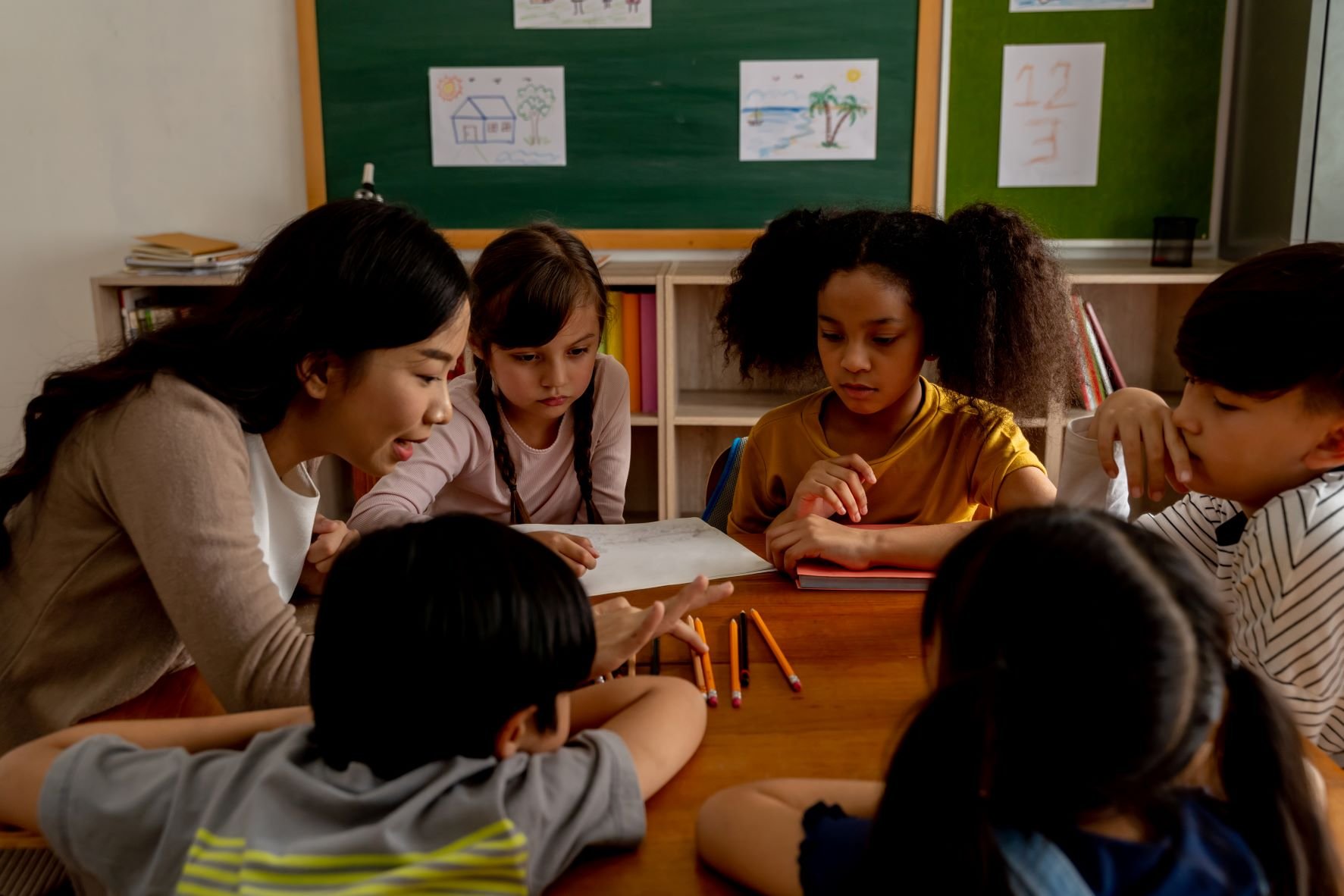Mindful Classroom Management: How to Take a Mindful Approach to Teaching
The practice of mindfulness, or paying deep attention to the present moment, has endless benefits for teachers. Not only has mindfulness been found to help students learn better, but it also improves both your and your students’ mental health.
Another, lesser-known benefit of mindfulness is that it can help you, as a teacher, manage your classroom with patience, compassion, and presence. Classroom management can be hard, and every teacher has their own way of doing it. Incorporating mindfulness into your classroom management strategy may help you go about it in a gentler, kinder, and more effective way.
Here are some tips you can use to cultivate a more mindful approach to classroom management.
Why Teachers Need a Mindful Approach
You’re probably already well aware that mindfulness has so many benefits for both students and teachers, including:
- Improved student focus
- Better academic achievement
- More engaged learning
On top of this, building your own mindfulness skills and using those skills to better relate to your students can help you with classroom management.
One study found that implementing mindfulness in the classroom improved students’ behavior, self-regulation (the ability to manage their own emotions and impulses), and attention spans. It’s also been shown to increase prosocial behaviors, which may lead to fewer conflicts between students.
This could be because mindfulness helps kids to identify and deal with their feelings. When kids can slow down and pay attention to how they’re feeling, they may be less likely to act out. Mindfulness has also been shown to improve interpersonal relationships. When your relationships with your students are stronger, it becomes easier to manage your classroom.
As a teacher, having your own mindfulness practice can also give you some emotional space to take a step back and notice, without judgment, what’s really going on when things go downhill. What’s going on inside of you? What are the dynamics at play in your classroom, and what solutions can you see? What does your class need from you right now? What do you need? These are all questions that can be difficult to answer without mindfulness.
How Can Teachers Take a Mindful Approach to Classroom Management?

Using mindfulness to manage your classroom doesn’t have to mean you’re leading your students in a guided meditation every morning. There are other, more subtle ways to incorporate mindfulness in the way you lead your class every day.
Some of the best ways to use mindfulness in your classroom management technique include:
Practice patience
It can be easy for patience to run thin as an educator, but try cultivating more of this golden skill. Having patience doesn’t mean that your students are never disciplined. But when you’re a patient teacher, your students will know that they’ll always be heard before receiving consequences.
By developing your own mindfulness practice, you will naturally start to become more present and patient with even the most frustrating classroom hiccups. Mindfulness can also help you practice what’s known as non-judgmental acceptance 一 or accepting things with kindness and curiosity as they are, right now.
Having your own mindfulness practice also reduces stress. Stress is often one of the main reasons we tend to lose our tempers, so having less stress in your life may also help you to be more patient with your students.
Build student-teacher relationships
One of the best ways that mindfulness can help you manage your classroom is by improving your relationships with your students. Strive to be more intentional in your interactions with your students. Listen deeply to what they’re saying, and how they may be feeling.
Pay attention to nonverbal communication as well 一 is there a student, for example, who’s been a lot quieter than usual lately? Think mindfully about your words before speaking to your students. Try to remember details about your students’ lives, and check in with them individually as often as you can.
Be aware of what emotions your individual students bring up in you, as well. Is there a particular student who you lose your patience with more often than you do with others? Why do you think that is? Notice these feelings without judgment.
Believe in your students
Mindfulness fosters compassion and empathy. This is a positive thing for classroom management because it’s important to always see the strengths in everyone, especially your most challenging students.
If you don’t believe that your students can succeed, they won’t believe it, either. And when kids don’t believe they can succeed, they tend to act out in ways that guarantee that they won’t. Paying mindful attention to your students can help you remember that every single one of them has unique qualities that will help them succeed.
Speak mindfully
Be mindful of your speech, both with your students and with other adults on-campus. Speaking mindfully is about checking in with yourself before speaking words out loud. It means understanding that words have an effect, and sometimes that effect is irreversible. When we speak mindfully, we use our words to heal, not to harm.
Speaking mindfully also models to your students what it looks like to use healthy, effective, and compassionate communication. By watching you, they may become less likely to use their words inappropriately.
Praise the positive
One of the most effective methods of classroom management is to praise positive behaviors. Kids often repeat behaviors that get them noticed. When you reprimand them for misbehaving, but don’t notice when they’re doing well, they may start to misbehave even more simply to connect with you.
It’s important to praise positive behaviors you see in students. But to praise the positive, you need to notice it first 一 and noticing requires mindfulness. Try to slow down while you’re teaching and take just one or two mindful breaths. What do you notice? What are your students doing that impresses you? What can you praise your students for, right now?
There’s a better, and more mindful, way to manage your classroom. 94% of the teachers who participate in our classroom mindfulness program say that it’s effective. If you’d like some support in setting up a school-based mindfulness program for your students, get in touch with us at Calm Classroom today.





SIGN UP FOR OUR NEWSLETTER